当前位置:网站首页>Producer consumer model based on thread pool (including blocking queue)
Producer consumer model based on thread pool (including blocking queue)
2022-07-03 02:15:00 【abs(ln(1+NaN))】
5、 Thread execution function Routines
One 、 Thread pool
Same as memory pool , Thread pool is also to improve efficiency . A server may receive many requests in a short time , Wait for the request to be received before creating the thread , At this point, you need to create a thread , This will reduce the processing speed .

In response to this situation , We usually create a batch of threads in advance , Reduce the cost of creating and destroying threads in a short time . It's like going to a hot pot restaurant to eat hot pot , The store won't wait for you to come to the slaughterhouse to get the meat , I will definitely prepare the meat first .
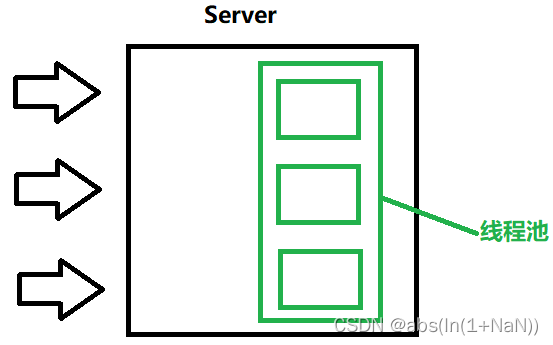
Two 、 Model implementation
Now we are going to build such a model , As a producer, the main thread constantly adds tasks to the task queue , The threads in the thread pool are constantly getting tasks from the task queue . Suppose the capacity of the task queue is unlimited .

Just like blocking queues , The key to implementing such a model is still Put on the task PushTask and Take task PopTask, besides , When creating a thread , There is one detail that needs attention
1、 preparation
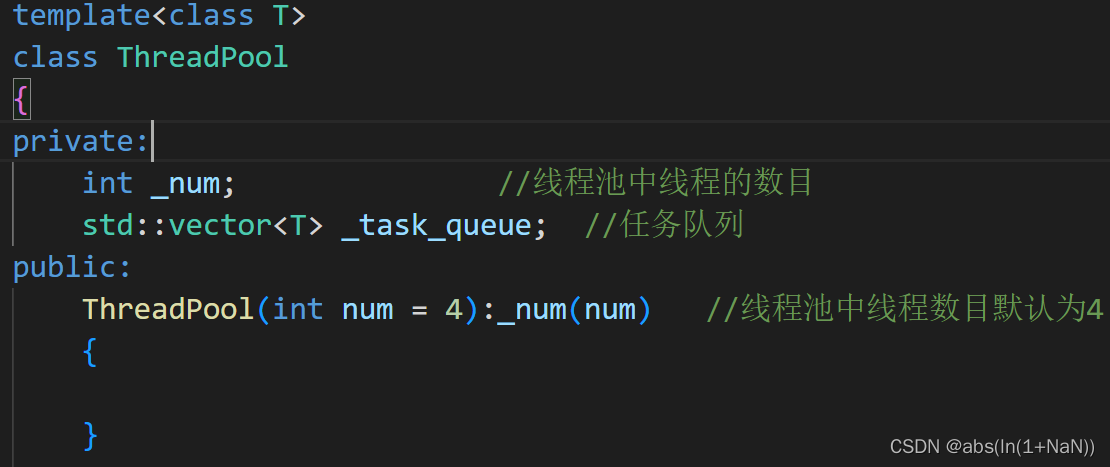
2、 Create thread
We create at one time 4 Threads , The parameters to be passed to the thread are tentative , For convenience , We don't actively recycle threads here , Instead, choose to separate threads .

What needs to be noted here is ,pthread_create The third argument to the function , The passed in function must meet
(1) The return value is void*
(2) There is only one input parameter , That's it void*

But actually ,Routines Is defined in the class , Is a member function , The parameter will contain a hidden this The pointer , So from the perspective of compiler, it becomes Routines(ThreadPool<T>* this , void* args), So we add... At the beginning of the function static
Member functions are generally placed in the code area , Member function added static in the future , At this time, it will be placed in the global area , At this time, the parameters are only void*, Will not contain hidden this The pointer
3、PushTask function
At this time, because the capacity of the task queue has no upper limit , So we don't need to consider the situation that the task queue is full ._task_queue It's a critical resource , We need to use mutexes to protect this critical resource
The initialization and destruction of mutexes are not shown here .

There is another step we need to wait for the implementation PopTask The function will be written later

4、PopTask function
When taking a task , It is necessary to consider the maintenance of critical resources , Also consider the situation that the task queue is empty .
(1) Since it is to maintain critical resources , Then you need to lock and unlock
(2) Considering whether the task queue is empty , When the task queue is empty , It means that the consumer thread cannot continue to fetch tasks , At this point, add the consumer thread to Wait in condition variable , When the producer thread joins the task , Then wake up the consumer thread .
Initialization and destruction of condition variables , It's not shown here .

PopTask The function is implemented as follows :
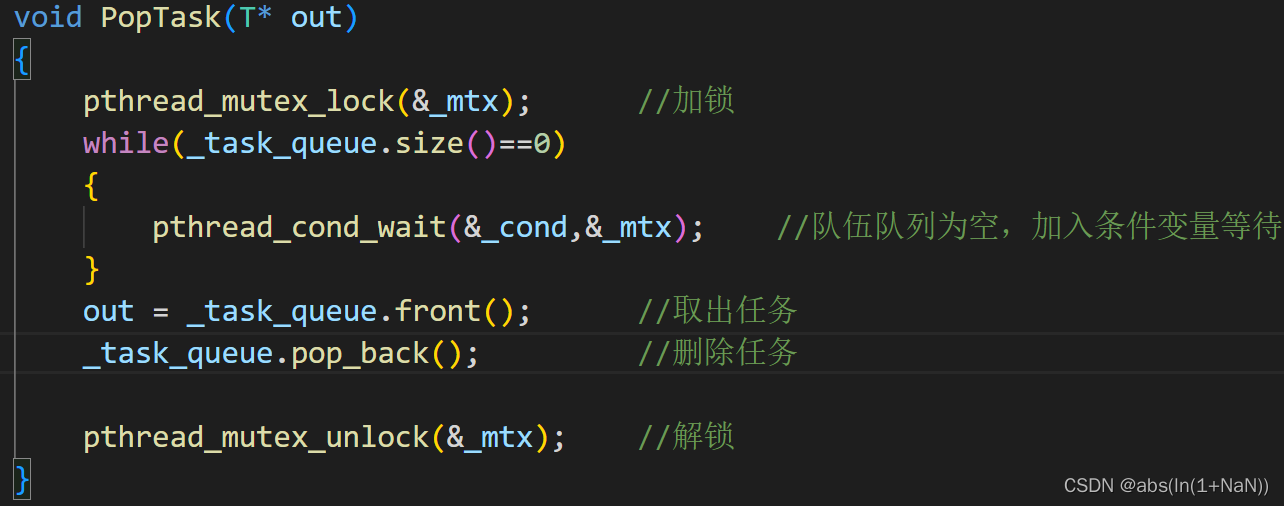
PushTask The complement of function :
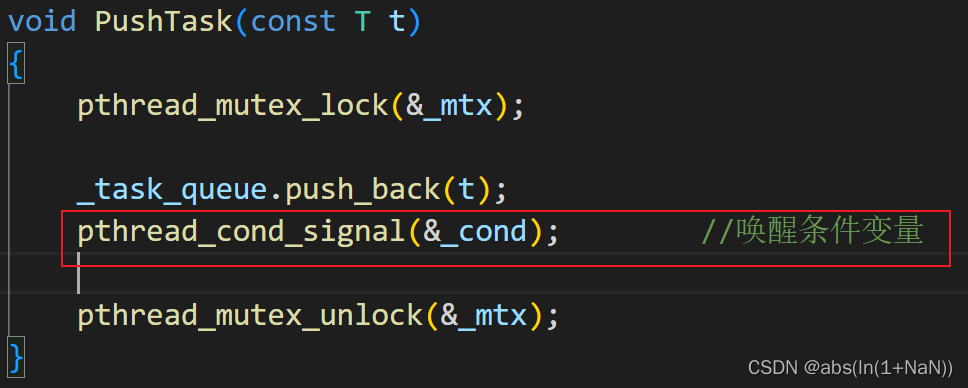
5、 Thread execution function Routines
Now? Routines It is put into the global area , But threads in the thread pool need access Task queue , Therefore, we need to execute function transfer to the thread this The pointer , In this case , Each thread can access class member variables

Then we get this The pointer , Use a name that To receive this this The pointer

We can write an empty Task class , It looks like this
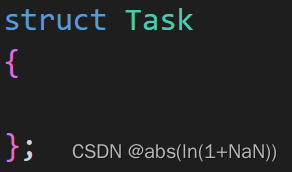
The complete code of the thread execution function is as follows :
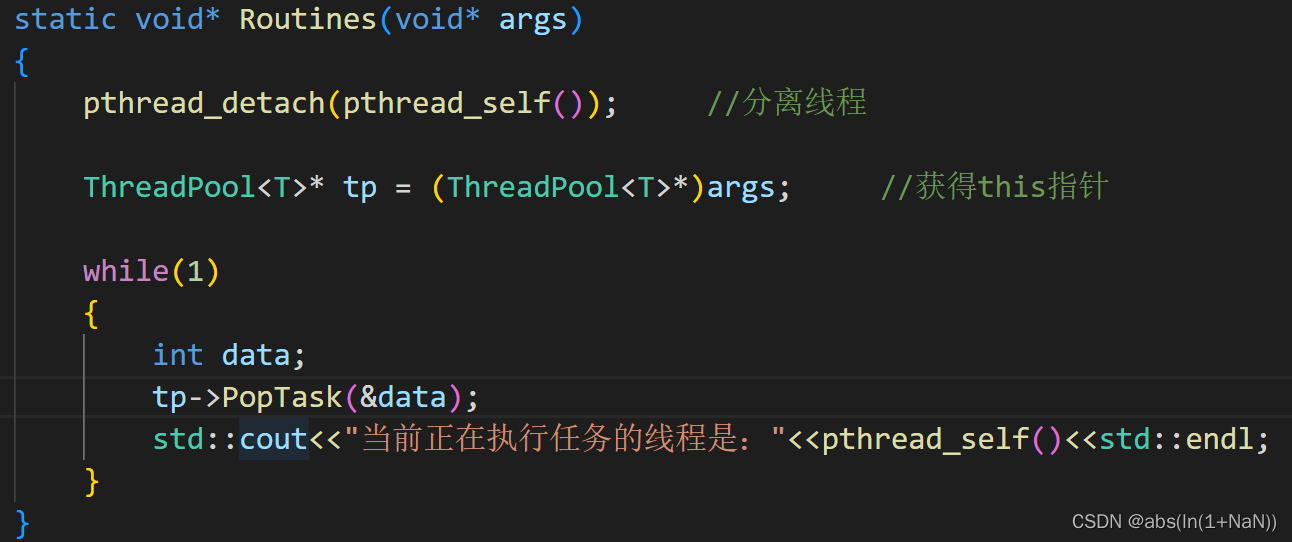
3、 ... and 、 Model test
The main function of the test is as follows , The main thread acts as the producer thread every 1s Add a task to the task queue .

The effect shown here is similar to that of the previous blocking queue
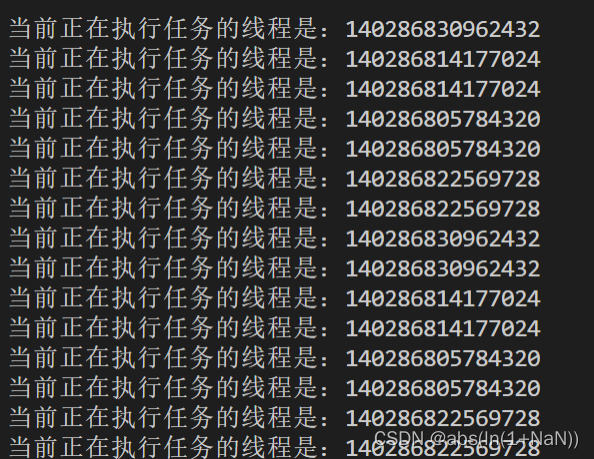
边栏推荐
- Visual yolov5 format data set (labelme JSON file)
- Kotlin middle process understanding and Practice (I)
- Socket编程
- Detailed introduction to the deployment and usage of the Nacos registry
- CFdiv2-Fixed Point Guessing-(区间答案二分)
- Flink CDC mongoDB 使用及Flink sql解析monggo中复杂嵌套JSON数据实现
- Basic operation of view
- The testing process that software testers should know
- CFdiv2-Fixed Point Guessing-(區間答案二分)
- 通达OA 首页门户工作台
猜你喜欢

线程安全的单例模式
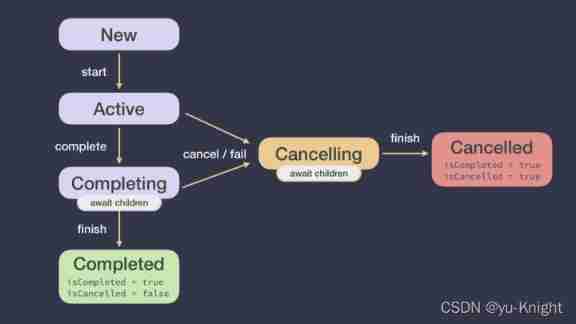
Job object of collaboration in kotlin

Learn BeanShell before you dare to say you know JMeter
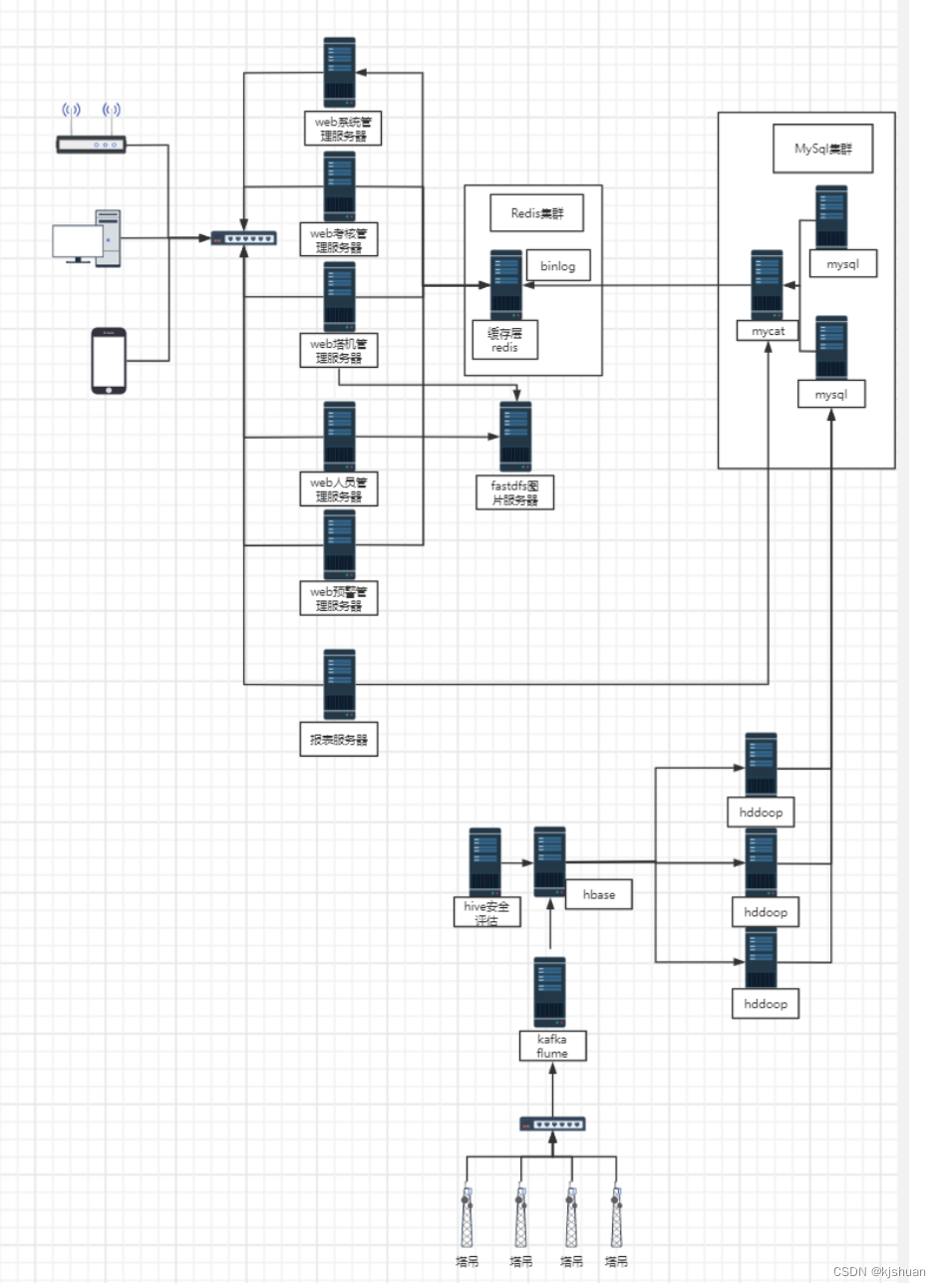
微服务组件Sentinel (Hystrix)详细分析

可視化yolov5格式數據集(labelme json文件)

返回一个树形结构数据
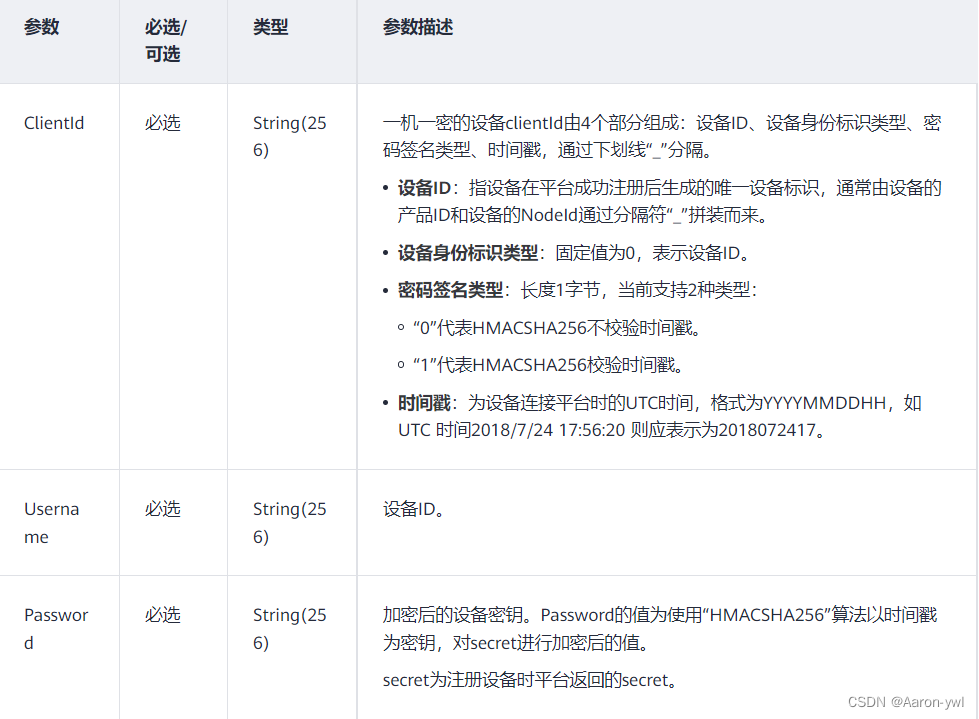
详细些介绍如何通过MQTT协议和华为云物联网进行通信

Redis:Redis的简单使用
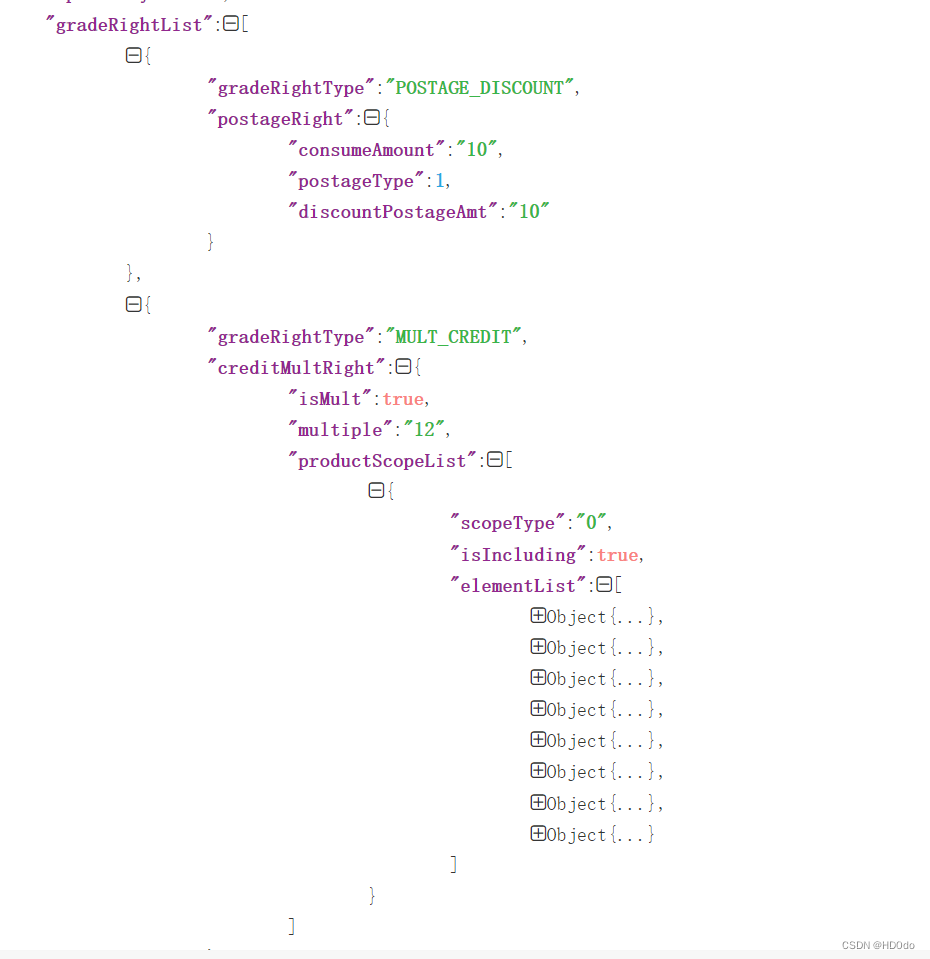
Flink CDC mongoDB 使用及Flink sql解析monggo中复杂嵌套JSON数据实现

8 free, HD, copyright free video material download websites are recommended
随机推荐
Flink CDC mongoDB 使用及Flink sql解析monggo中复杂嵌套JSON数据实现
深度(穿透)选择器 ::v-deep/deep/及 > > >
Unrecognized SSL message, plaintext connection?
去除网页滚动条方法以及内外边距
My creation anniversary
How do browsers render pages?
《上市风云》荐书——唯勇气最可贵
詳細些介紹如何通過MQTT協議和華為雲物聯網進行通信
Socket programming
Cfdiv2 Fixed Point Guessing - (2 points for Interval answer)
Detailed analysis of micro service component sentinel (hystrix)
疫情當頭,作為Leader如何進行團隊的管理?| 社區征文
内存池(内核角度理解new开辟空间的过程)
详细些介绍如何通过MQTT协议和华为云物联网进行通信
easyPOI
[fluent] fluent debugging (debug debugging window | viewing mobile phone log information | setting normal breakpoints | setting expression breakpoints)
我的创作纪念日
可視化yolov5格式數據集(labelme json文件)
MySQL学习03
微信小程序開發工具 POST net::ERR_PROXY_CONNECTION_FAILED 代理問題